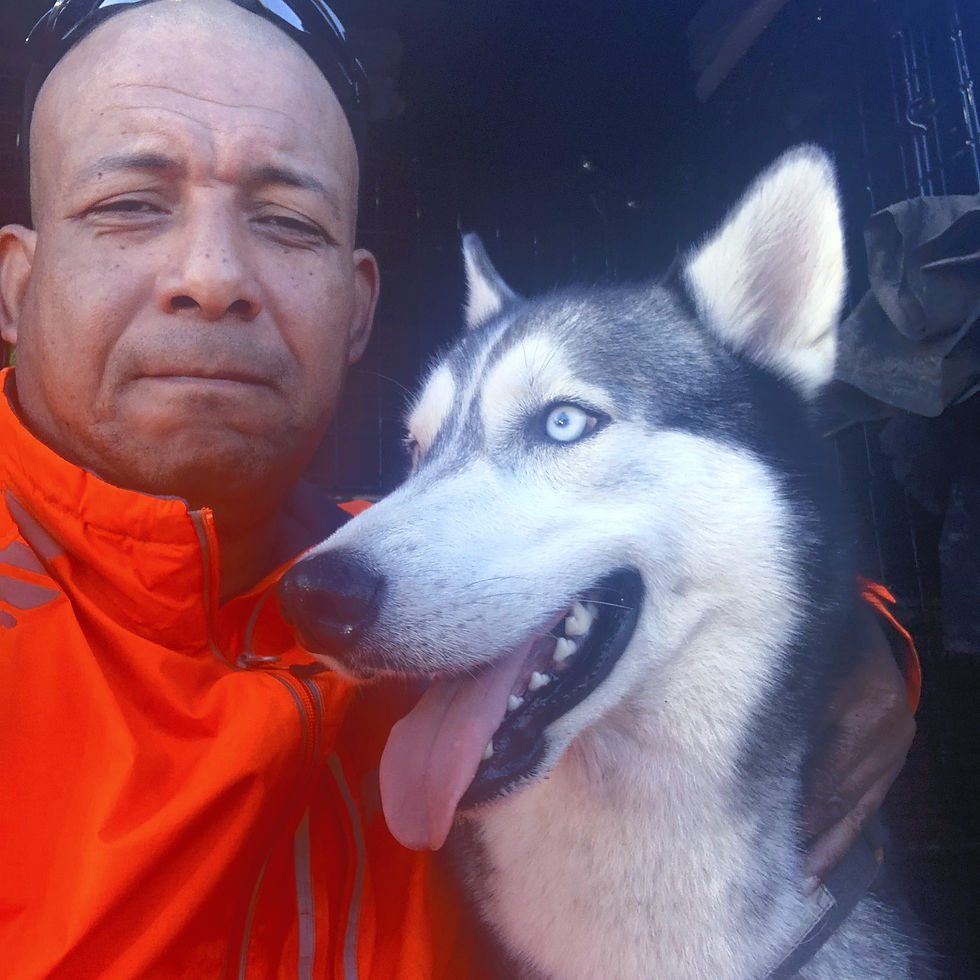Canine learning curves
- sirius7k9training

- Aug 16, 2024
- 2 min read
Updated: Apr 30
Understanding how dogs perceive the world is key to better communication, training, and building trust. When we know how they process information and what stimulates them, we can shape behaviours more effectively and compassionately.
Just like people, every dog is unique. They’re born with or can develop a range of behavioural traits, and no two dogs will respond to their environment in exactly the same way. But one thing they all share? Powerful sensory abilities that are central to how they navigate and understand the world.
That’s why dogs excel in roles that demand focus, awareness, and connection—whether working alongside humans or providing emotional support. Their sensory “superpowers” make them invaluable partners.
Through years of study and hands-on work, I’ve come to appreciate the deep parallels between canine and human behaviour. As our society grows more aware of neurodiversity in people, we can apply similar thinking to dogs.
Dogs and Neurodiversity: The Parallels
Dogs and humans are both sentient beings. In fact, a dog’s mental development has been shown to be similar to that of a 2–3-year-old child. If you’ve spent time with toddlers—or dogs—you’ve probably noticed the overlap in how they express emotions, learn, and respond to the world.
In neurodiverse individuals, we often see unique strengths in two areas:
• Cognitive processing
• Sensory perception
These same areas are crucial to understanding dogs.
Cognitive Processing in Dogs
Dogs process information at different speeds. Some need a little more time to absorb and respond to a command or situation, while others react almost instantly. Training that respects these differences gets better results. Instead of expecting all dogs to respond the same way, we should tailor our approach to each individual.
Sensory Perception in Dogs
Many neurodiverse people experience heightened sensitivity to touch, sound, or texture—and also seek out sensory input for comfort or stimulation (known as “stimming”). Dogs do the same.
Dogs explore the world through sight, scent, touch, sound, taste, energy, and movement. Their sensory systems are far more attuned than ours, helping them survive and thrive. But these heightened senses can also lead to overload in unfamiliar or intense environments.
By observing what a dog gravitates toward—or avoids—we can fine-tune how we train and support them. Some dogs will never love crowded parks or busy streets, and that’s okay. Our job is to help them build confidence, offer consistent leadership, and create space where they feel grounded.
Final Thought
There’s no one-size-fits-all approach to working with dogs. Each one brings something different, and that’s what makes them incredible companions. By paying attention to how their individual executive function, and senses we set the stage for deeper bonds, better behaviour, and a more fulfilling life together.




Comments